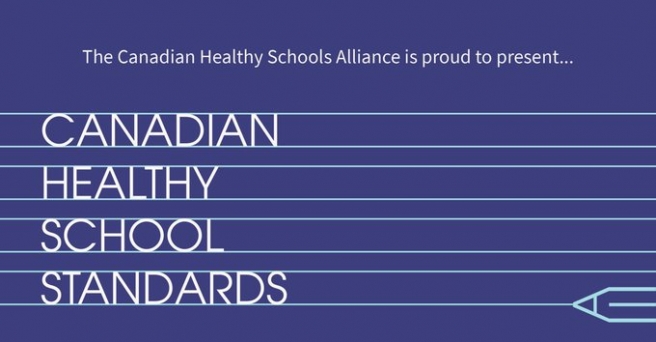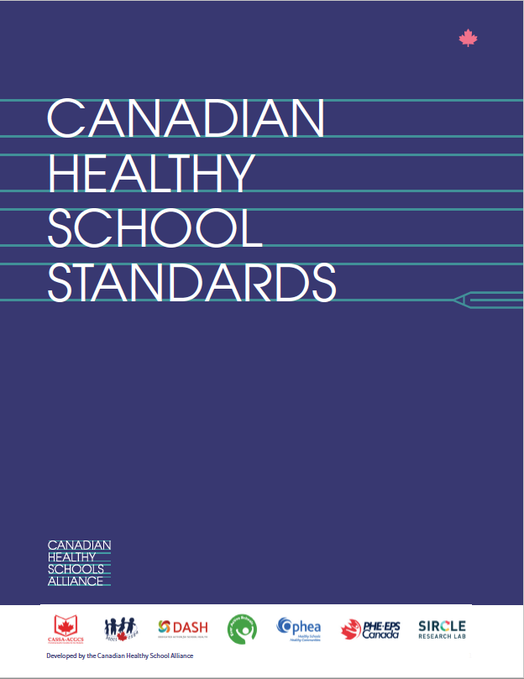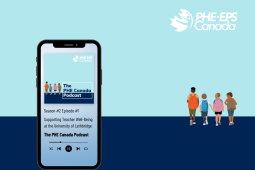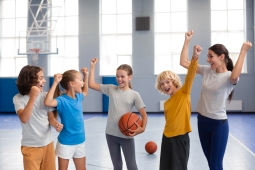Putting the New Canadian Healthy School Standards Into Action

Putting the New Canadian Healthy School Standards Into Action
Wellbeing is essential, transcending all aspects of our lives: socially, academically, physically, emotionally and spiritually. But with only 55% of children in Canada reporting a high level of life satisfaction and 27% reporting feeling sad or hopeless for long periods of time (2019 - Where we Stand) - and now, given how this decade has begun, with devastating wildfires, a global pandemic and race-based violence - now is the time to put children’s wellbeing first.
On June 22nd, 2021, UNESCO and the World Health Organization (WHO) launched a global campaign for Health[y] Schools. “Schools play a vital role in the well-being of students, families and their communities, and the link between education and health has never been more evident,” said Dr. Tedros Adhanom Ghebreyesus, WHO Director-General. UNESCO Director General, Audrey Azouley, takes this one step further and states that “A school that is not health-promoting is no longer justifiable and acceptable.” Azouley calls for all of us to “affirm our commitment and role, and to make every school a health-promoting school”.
And as luck would have it, the new Canadian Healthy School Standards were launched two weeks later, aiming to trigger healthy school efforts across Canada.

Download the Canadian Healthy School Standards
These new Standards build on the proven Comprehensive School Health model in a way that is truly Canadian. They center on Canadian communities as home to the most multicultural, multi-ethnic and multi-language schools in the world. Moreover, they embed Truth and Reconciliation. Thirdly, they recognize the important role that staff wellbeing has on student wellbeing and outcomes.
A Healthy School centres (w)holistic health and wellbeing in its policies, its curriculum, its people, its relationships and its environment, and is particularly attuned to valuing and promoting a systemic approach to creating a climate of wellbeing across schools; integrating policies with action at all levels; and taking a strengths-based approach to enhancing health and wellbeing, leveraging the unique protective factors within the local community and environment.
Developed by Melanie Davis, PHE Canada’s Executive Director, on behalf of the Canadian Healthy Schools Alliance, and championed by a group of leading national and regional organizations, the Canadian Healthy School Standards are grounded in multiple ways of knowing - years of research, case studies, conversations and on-the-ground learnings. The Standards seek to build on rather than replace existing Healthy School approaches and provide a starting point to move from one-off health-related activities towards a comprehensive, system-wide approach to creating an environment that supports wellbeing across schools. The shift is subtle but meaningful, evolving the model to be more adaptable to all contexts across Canada, focusing on a set of key principles and approaches:
- Inclusive view of health rather than a focus on prevention and intervention
- Asset-based, decolonizing approach rather than needs-based
- Multiple interconnected actions rather than one-off fragmented activities
- Culturally relevant and affirming rather than neutral
- Attention to staff wellbeing rather than solely student wellbeing
- Dedicated and sustainable funding and time rather than piecemeal activities
- Sharing decision making rather than top down
The Canadian Healthy Schools Alliance has a vision – that every school in Canada is a Healthy School. The new Standards position Healthy Schools as a model that every school can see themselves in, with a goal to widen and deepen the impact of Healthy Schools models across Canada. System transformation at this scale means we need every school system leader, member and interest-holder leading Healthy School actions from where they stand.
Here’s how you can help every school in Canada to become a Healthy School:
- Get familiar with the Standards
- Join the conversation on Twitter @cdnschoolhealth
- Check for more tools and resources to help your school(s) become a Healthy School – coming Fall 2021 to healthyschoolsalliance.ca/en/resources
- Stay tuned for a Healthy Schools Virtual Summit on November 4, 2021
Join other school communities as we come together to transform learning spaces to better support health and wellbeing for all members of school communities across Canada!








